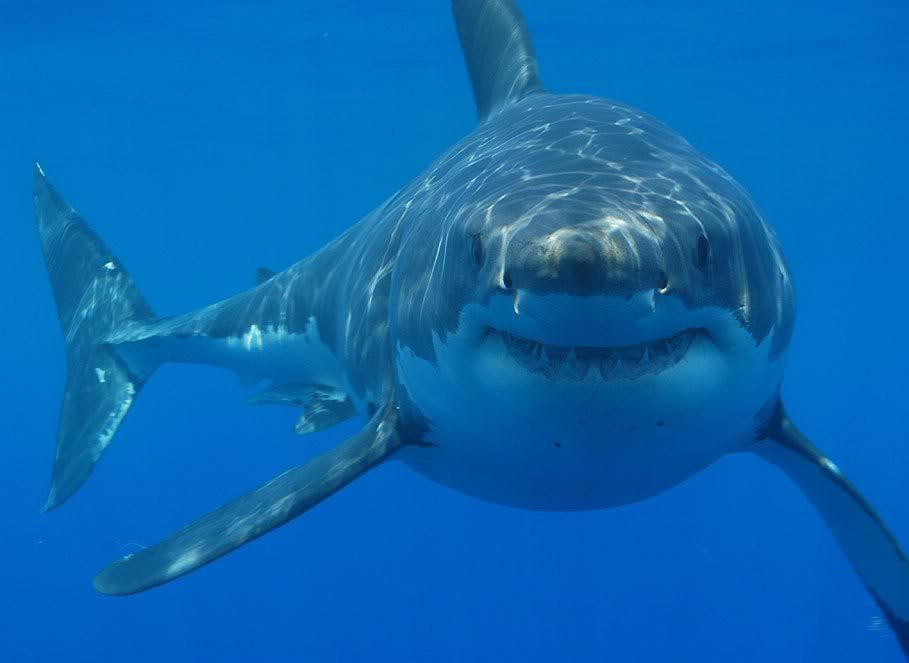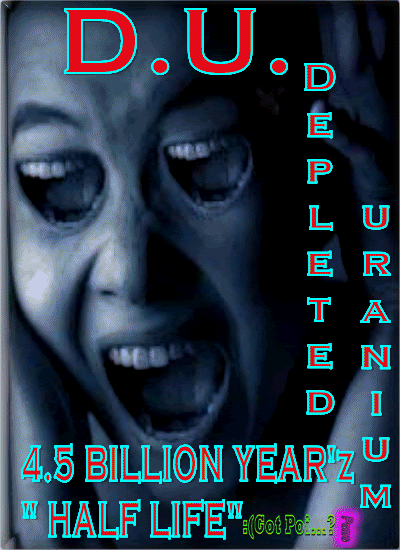ALERT - Honolulu City Council Proposes to Grandfather in Existing Shark Tour Operations on Oahu
Aloha Everyone,
Please be aware Councilmember Djou has amended Bill 67, a Bill for an Ordinance relating to a ban on shark tour operations on O’ahu.
Councilmember Djou’s amended version will GRANDFATHER in the two existing shark tour operations on the North Shore of Oahu. If you would like to let Councilmember Djou know you do not support his change to Bill 67, his office # is 768-5004.
Councilmember Djou’s change reads, “The CD1 amends Sec. 40-_.3 Violation – Penalty stating that “Any person who violates this article shall be subject to a civil fine of not more than $1,000”; and adds SECTION 3 stating - “This ordinance shall not apply to any shark tour operations that was in operation prior to August 31, 2009.”
YOUR TESTIMONY IS NEEDED NOW TO STOP THIS AMENDED VERSION OF BILL 67.
For our family, friends and neighbors of the North Shore Community, including the North Shore Canoe Club and Manu O Ke Kai Canoe Club North Shore who support the efforts of Safe Waters for Hawai’i, this directly effects the ocean waters you paddle in. For our swimmers who are part of the North Shore Swim Series and all our surfers, divers, and ocean lovers in the North Shore, this bill will keep shark feeding by tour operators in the ocean waters of the North Shore.
The Executive Meeting on Bill 67 will be held on:
THIS Wednesday, October 7th, 2009 at 1pm at Honolulu Hale.
If you can, it is IMPORTANT community members attend the meeting to testify, also please send in your testimony is sent in to the Honolulu City Council ASAP.
Your testimony can simply state your reasons for supporting Bill 67 but that you DO NOT support shark tour operations that feed sharks to be grandfathered in.
Some ideas on what to write:
It can be simply that you support this ordinance and want to make sure shark tour operations are banned in the waters of O'ahu County.
Shark tours are extremely disrespectful and insensitive to Hawaiian cultural beliefs and all those who value Hawaiian culture.
Shark viewing and feeding tours put ocean users at risk if sharks learn to associate humans with food.
Shark viewing and feeding tours alters the behavior of these wild animals.
Shark tours upset the delicate ocean ecosystem.
Testimony Subject Line:
In Support of Bill 67 BUT not Grandfathering in existing shark tour operations
To send in your testimony, email:
If you can please also send your testimony to the Council members.
Here are the Honolulu City Councilmembers office numbers to call. Let them know you do not support the grandfathering in of existing shark tour operations in Bill 67.
Todd Apo 768-5001
Donovan Dela Cruz 768-5002
Ikaika Anderson 768-5003
Charles Djou 768-5004
Anne Kobayashi 768-5005
Rod Tam 768-5006
Romy Cachola 768-5007
Gary Okino 768-5008
Nestor Garcia 768-5009
Mahalo for your continued support of the efforts of Safe Waters of Hawai’i.
It is all of us working together to create positive change for the ocean waters of Hawai’i for the present and future generations.
Aloha,
Safe Waters for Hawai’i
Community Organizations & Individuals who have joined with the efforts of Safe Waters for Hawai’i
Ka Iwi Coalition
Save our Surf
Native Hawaiian Legal Corporation
Hawai`i State Bodysurfing Association
Livable Hawai’i Kai Hui
Malama Maunalua
Hawai’i Kai Boating Club
Halau No'eau Kahelemauna
Kulana Huli Honua
Betty Kanuha Foundation, Hawai’i
Waikiki Swim Club
Maui Sierra Club
Halau Hula O Na Lei Mokihana
North Shore Canoe Club
Manu o ke Kai Canoe Club North Shore
Hawaiian Canoe Club, Maui
Kihei Canoe Club, Maui
Anuenue Canoe Club
Waikiki Beach Boys Canoe Club
Hui Nalu Canoe Club
Kamehameha Canoe Club
Kumulokahi Canoe Club
Koa Kai Canoe Club
Waimanalo Canoe Club
Windward Canoe Club
Kailua Canoe Club
Kawaikini Canoe Club, Kaua’i
North Shore Renegades Canoe Club, Maui
Hawai'i Military Surfing Organization
Surfrider Foundation, O'ahu Chapter
Hawai’i Kai Neighborhood Board
Kuli'ou'ou Kalani-Iki Neighborhood Board
The Waimanalo Construction Coalition
Windward Ahupua’a Alliance
‘O Hina I Ka Malama Hawaiian Immersion Moloka’i High School
Kuhai Halau O Kahealani Pa Olapa Kahiko
Makana Aloha Group, California
Oswald Stender, Trustee Office of Hawaiian Affairs
Walter Heen, Trustee Office of Hawaiian Affairs
Dr. Carlos Andrade, Director Center for Hawaiian Studies UH Manoa
Ben Cayetano, Former Governor of the State of Hawai’i
(in 2002 Governor Cayetano signed the law prohibiting
feeding sharks in State Waters)
Pelagic Shark Research Foundation, Santa Cruz, California
The Humane Society of the United States

 sad so many have forgotten that it was a Huge "so called mistake" that
we are in and Illegally Occupying Iraq. humm, just like hawaii you
think !
Called Weapons of mass misinformation
sad so many have forgotten that it was a Huge "so called mistake" that
we are in and Illegally Occupying Iraq. humm, just like hawaii you
think !
Called Weapons of mass misinformation




 Maui council OKs ban on GMO taroBy MELISSA TANJIThe Maui NewsWAILUKU, Maui - A bill prohibiting genetically modified taro in Maui County received final approvalFriday by the Maui County Council.The taro bill prohibits anyone from testing, propagating, growing or introducing genetically engineered ormodified taro, or kalo, within Maui County. Council members voted 9-0 to approve the ban, saying theybelieved taro's cultural and spiritual significance to Native Hawaiians was more important than any otherfactor.Mayor Charmaine Tavares said after the vote that she would support the ban."I will be signing the bill into law and recognize that the passage of this new law will send a message ofsupport for state Representative Mele Carroll's efforts to introduce and pass a bill at the stateLegislature," she said in an e-mailed statement."The input from various stakeholders that I've received has been valuable," Tavares said. "I am told thatthis important law will bring us closer to protection of kalo on a statewide level. I support the intent of thebill and the protection of Hawaiian kalo, which deserves our respect and acknowledgment for itsancestral ties to Native Hawaiians, our host culture."Tavares previously had expressed doubts about the bill, saying it might be difficult to enforce.Council Member Sol Kaho'ohalahala said after the vote that he appreciated everyone's support on thebill and asked that council members continue to improve the language of the bill.Council Member Bill Medeiros thanked people who had testified or sent e-mails in support of the bill heintroduced.Around 15 people Friday morning made it clear they were testifying in support of the ban on geneticallymodified taro. Supporters of the ban have argued passionately that taro is a sacred plant and staplefood for Native Hawaiians and should be kept in its natural form. They feared that even if limited use orresearch were allowed, genetically modified forms of taro could mingle with other strains beingcultivated.Caren Diamond of Hawaii Seed - a nonprofit coalition of grass-roots groups composed of farmers,doctors, scientists, lawyers, concerned citizens and Native Hawaiians opposing the use of geneticmodification - said taro was vital to Hawaiian culture."You have an opportunity to protect this living culture," she said.But Harold Keyser, the Maui County administrator for the University of Hawaii's College of TropicalAgriculture and Human Resources in Maui County, testified in opposition to the bill.He asked for some way to conduct research on Hawaii taro, saying in one case research on taro has ledto the replenishment of a taro crop that was lost in American Samoa. He said he and others who supportthe bill also want to see taro thrive and have it preserved."We care, but in a different way," Keyser said.Also Friday, council members voted unanimously at first reading to support the prohibition of alcohol atKamaole Beach Park I. The proposal would extend a drinking ban, applicable at the neighboring CharleyYoung Beach, that was passed by the council in August.Council Member Jo Anne Johnson, who introduced the bill, said the ban at Kamaole I would makeenforcement easier for police. There is no clear boundary between the two parks.
Maui council OKs ban on GMO taroBy MELISSA TANJIThe Maui NewsWAILUKU, Maui - A bill prohibiting genetically modified taro in Maui County received final approvalFriday by the Maui County Council.The taro bill prohibits anyone from testing, propagating, growing or introducing genetically engineered ormodified taro, or kalo, within Maui County. Council members voted 9-0 to approve the ban, saying theybelieved taro's cultural and spiritual significance to Native Hawaiians was more important than any otherfactor.Mayor Charmaine Tavares said after the vote that she would support the ban."I will be signing the bill into law and recognize that the passage of this new law will send a message ofsupport for state Representative Mele Carroll's efforts to introduce and pass a bill at the stateLegislature," she said in an e-mailed statement."The input from various stakeholders that I've received has been valuable," Tavares said. "I am told thatthis important law will bring us closer to protection of kalo on a statewide level. I support the intent of thebill and the protection of Hawaiian kalo, which deserves our respect and acknowledgment for itsancestral ties to Native Hawaiians, our host culture."Tavares previously had expressed doubts about the bill, saying it might be difficult to enforce.Council Member Sol Kaho'ohalahala said after the vote that he appreciated everyone's support on thebill and asked that council members continue to improve the language of the bill.Council Member Bill Medeiros thanked people who had testified or sent e-mails in support of the bill heintroduced.Around 15 people Friday morning made it clear they were testifying in support of the ban on geneticallymodified taro. Supporters of the ban have argued passionately that taro is a sacred plant and staplefood for Native Hawaiians and should be kept in its natural form. They feared that even if limited use orresearch were allowed, genetically modified forms of taro could mingle with other strains beingcultivated.Caren Diamond of Hawaii Seed - a nonprofit coalition of grass-roots groups composed of farmers,doctors, scientists, lawyers, concerned citizens and Native Hawaiians opposing the use of geneticmodification - said taro was vital to Hawaiian culture."You have an opportunity to protect this living culture," she said.But Harold Keyser, the Maui County administrator for the University of Hawaii's College of TropicalAgriculture and Human Resources in Maui County, testified in opposition to the bill.He asked for some way to conduct research on Hawaii taro, saying in one case research on taro has ledto the replenishment of a taro crop that was lost in American Samoa. He said he and others who supportthe bill also want to see taro thrive and have it preserved."We care, but in a different way," Keyser said.Also Friday, council members voted unanimously at first reading to support the prohibition of alcohol atKamaole Beach Park I. The proposal would extend a drinking ban, applicable at the neighboring CharleyYoung Beach, that was passed by the council in August.Council Member Jo Anne Johnson, who introduced the bill, said the ban at Kamaole I would makeenforcement easier for police. There is no clear boundary between the two parks.
